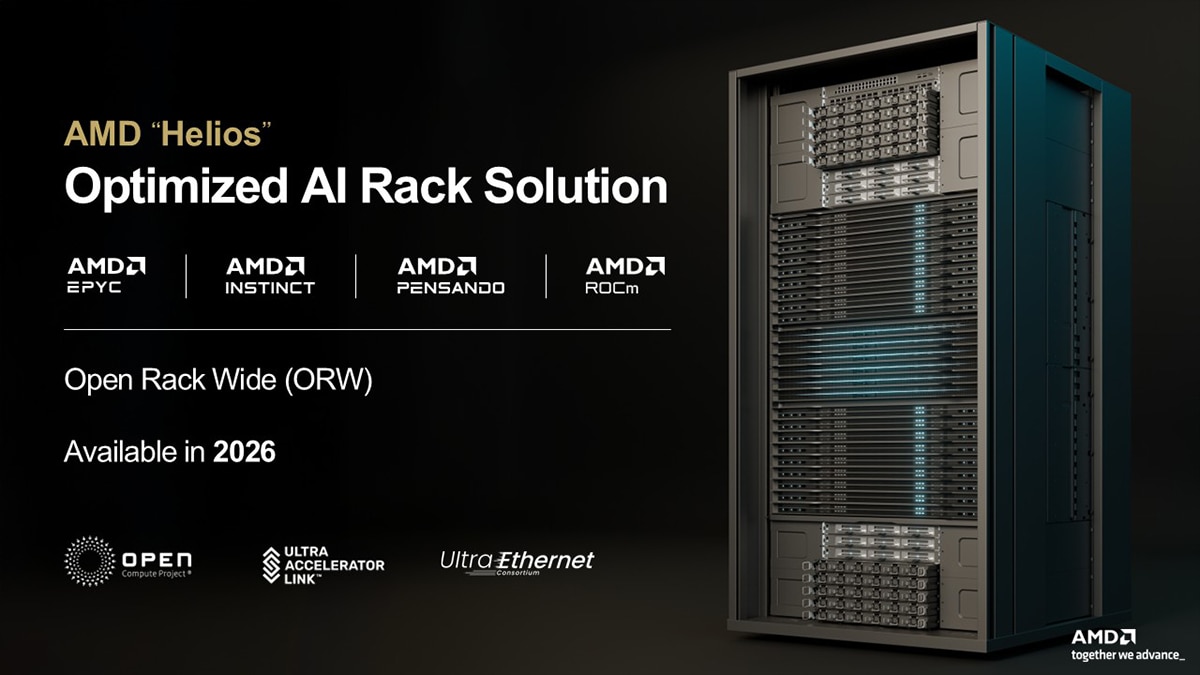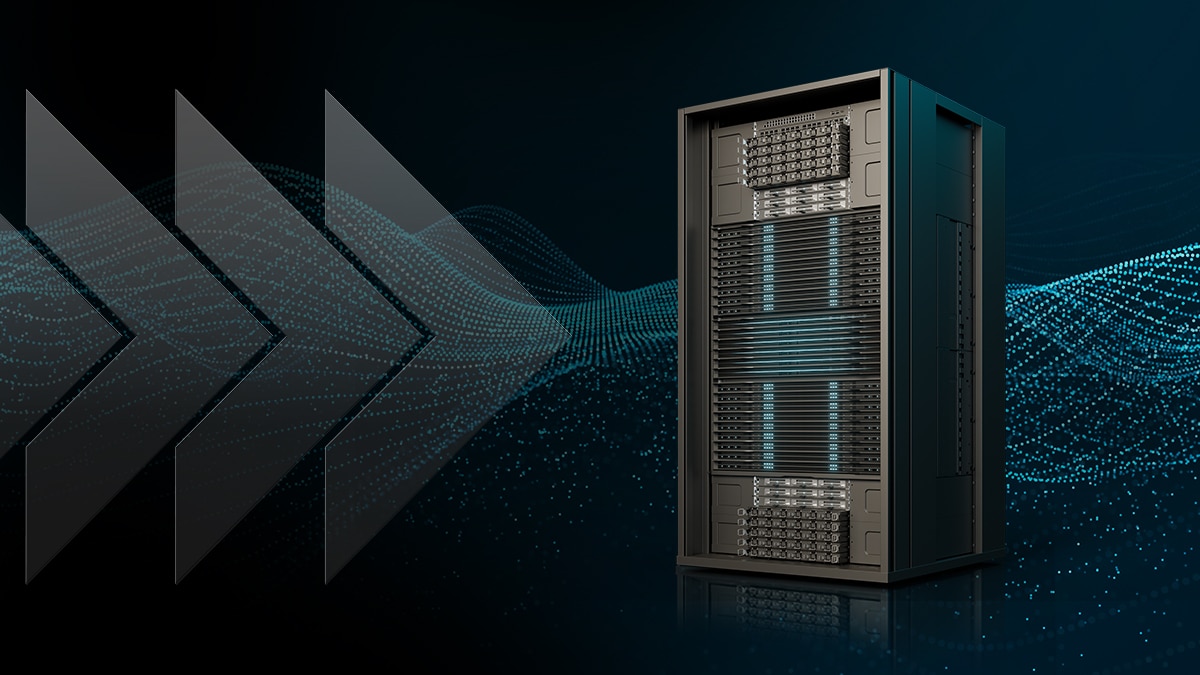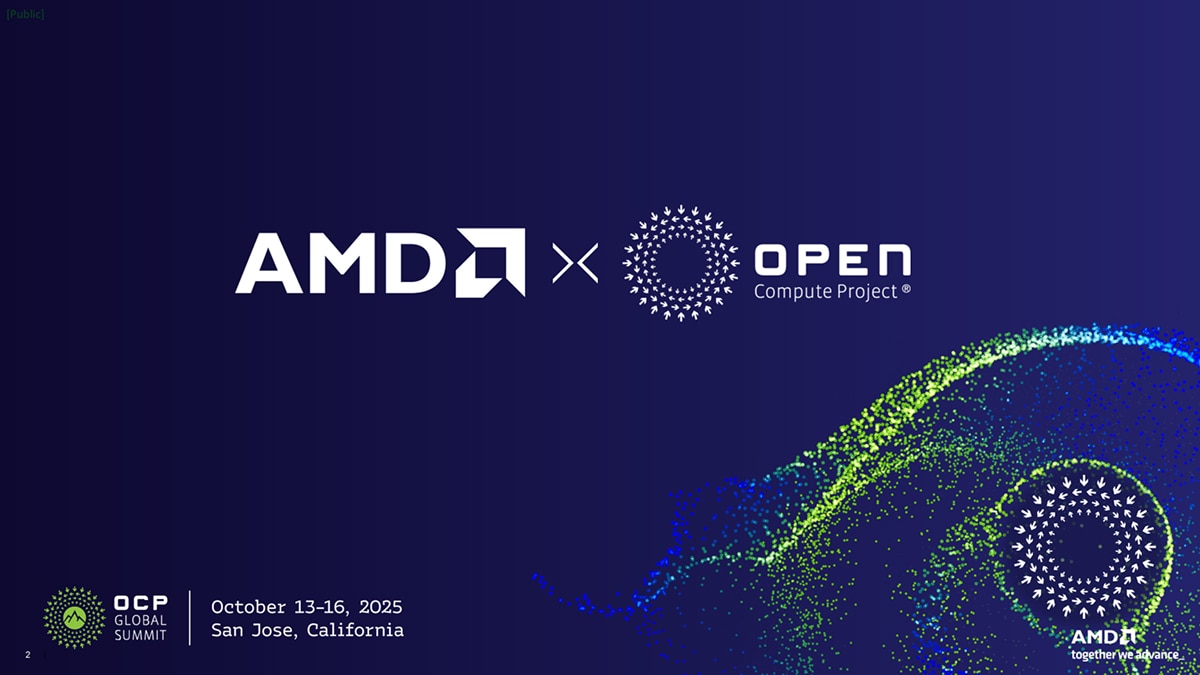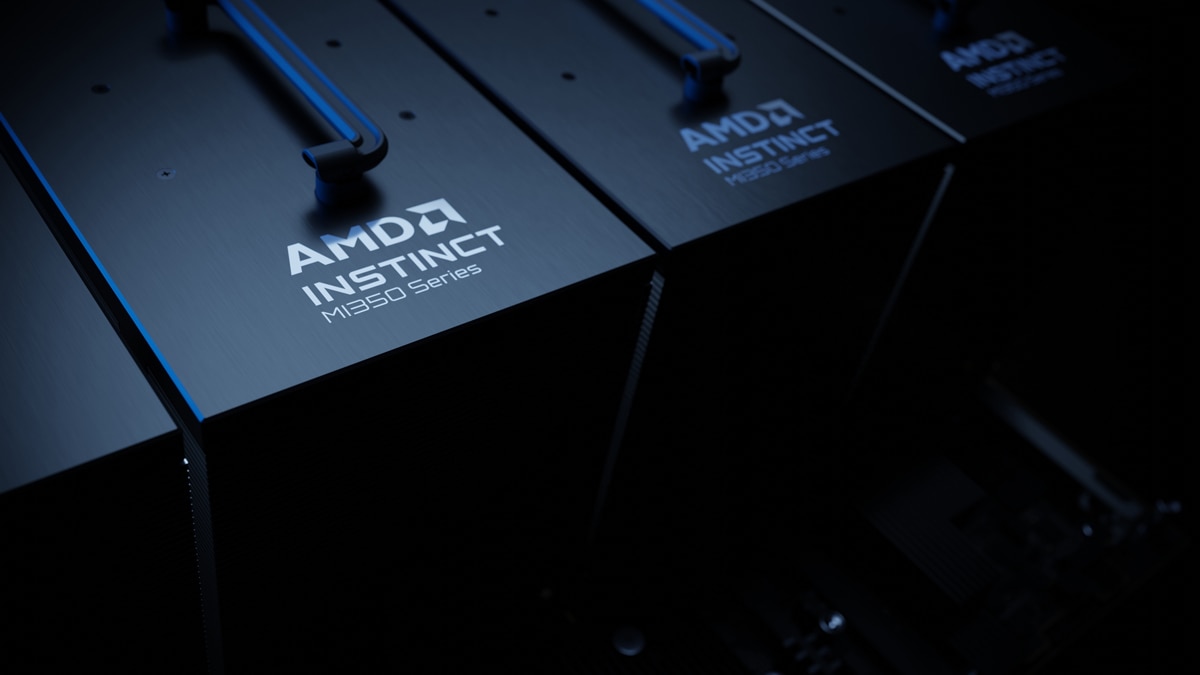In a World of Tough IT Choices, Hybrid Cloud can be an Easy One
Jul 29, 2025

In the ever-evolving world of server CPUs, the debate over using x86- or Arm®-powered servers continues to be a focal point for enterprises and cloud providers alike. The status quo has rarely been so challenging. AMD has emerged as a server processor performance and efficiency leader. The broad use of homegrown Arm-based instances by cloud service providers has helped Arm gain some traction in the server market. With various options at hand, understanding the impact x86 and Arm architectural decisions make on your applications and operations is crucial for making informed, economic decisions.
Enterprise data center customers have more infrastructure choices than ever. Trusted server vendors offer very compelling x86 platforms from AMD and Intel, supporting an immense set of price points, performance, feature sets and form factors. Moreover, global cloud service providers have proven highly skilled at enabling PaaS, SaaS and IaaS options to give customers a wide selection of choices for public cloud-based, Opex-funded IT to complement on-prem capabilities. As part of their offerings, many cloud vendors provide options for x86 from AMD or Intel and homegrown Arm-based CPU platforms. Examples of these homegrown processors include AWS Graviton, Microsoft Azure® Cobalt, and Google® Axion. These platforms were initially developed to suit the specific needs of internal workloads and public services and are now offered to the public as “general purpose” compute engines. Each of the Arm server CPU instantiations are bespoke to that vendor and are not compatible with other vendors’ Arm-based CPUs nor with x86 platforms.
As with many Arm-based data center CPUs of the past, these offerings are typically marketed as “low cost” and energy efficient alternatives to the cloud vendors’ comparable x86 instances. Given that there has been limited success in the past by companies such as Fujitsu, Qualcomm, Ampere® Computing, and others to build high performance server CPUs from Arm cores, it seems logical to ask: how are these new ones different? Arguably, the biggest difference is the ability of cloud vendors to provide the significant financial resources, technical resources (silicon, systems and software) needed for silicon development, and their ability to amortize the investment across internal workloads and public services.
These leverage points also give cloud providers ample flexibility to set costs for the home-grown Arm-processor-based instances at a discount relative to their x86 offerings. This practice is broadly true across the market. For example, consider the published rates collected in chart 1 below showing various providers’ comparable offerings for general purpose, Linux configurations.
Azure Instances[i] |
Processor |
Hourly Rate |
D16psv6 |
Cobalt |
$ 0.562 |
D16asv6 |
AMD EPYC |
$ 0.726 |
D16sv6 |
Intel Xeon |
$ 0.806 |
|
|
|
AWS Instances[ii] |
Processor |
Hourly Rate |
m8g.4xlarge |
Graviton4 |
$ 0.718 |
m7a.4xlarge |
AMD EPYC |
$ 0.927 |
m7i.4xlarge |
Intel Xeon |
$ 0.806 |
|
|
|
GCP Instances[iii] |
Processor |
Hourly Rate |
c4a-standard-16 |
Axion |
$ 0.718 |
c4d-standard-16 |
AMD EPYC |
$ 0.756 |
c4-standard-16 |
Intel Xeon |
$ 0.791 |
Chart 1: US east region on-demand pricing examples June 2025
A customer looking at this data might conclude that there is an opportunity to save some money if they choose one of the Arm-based options such as Cobalt, Graviton4, or Axion. However, there are two basic reasons why that conclusion could be problematic, given that it may not consider:
1. CPU performance has a major impact on the true cost of the work;
2. The incremental software work required to support the Arm platform(s) targeted; and
3. The downstream challenges in repatriating workloads back to on-prem if needed.
Hybrid cloud customers face a foundational challenge in comparing the many options available to them in the public cloud. Many public cloud offerings are offered based on a quantity of virtual CPUs plus some ratio of memory, storage, and other features per VM or instance. These vCPUs can be comprised of multiple configurations or in some cases even generations of CPUs and may include physical cores or virtual cores (threads). This is itself a topic to discuss in detail in an upcoming blog. In the meantime, assuming instance or VM equivalency based on equal quantities of vCPU, the relative value of choosing AMD can become clear.
Independent testing of public cloud instances show AMD EPYC CPU performance leadership extends to the cloud. AMD EPYC 9004-based instances in AWS demonstrated roughly 25% geomean performance advantage over a similarly configured instance based on the latest Graviton4 Arm-based platform when independently tested across a suite of 48 benchmark tests representing real-world workloads.
While at first glance, a 29% lower hourly cost for the Arm instance seems appealing, that’s only part of picture. Considering AMD EPYC CPU-powered instance’s performance, the net job cost can be lower due to a much shorter run time. To demonstrate this, consider the Phoronix test data linked above as representative of several dozen diverse workloads. With this, one can compare the “cost per job” incurred while paying for execution time. The chart below captures the testing platforms, elapsed time, and on-demand costs.
Instance |
Processor |
Instance Cost / hour |
Test Duration (hours) |
Test Run cost |
R8g.16xlarge |
Graviton 4 |
$ 3.77 |
9.55 |
$ 36.00 |
R7a.16xlarge |
AMD EPYC 9004 |
$ 4.87 |
5.25 |
$ 25.56 |
Source: Phoronix Testing Run July 10, 2024
As you can see, while the cost per hour is relevant, it is more relevant in the context of duration and total runtime. Even if a platform is charged at a higher hourly cost, if it can get the work done faster, it can really be the least expensive solution. In this example here, the savings from using the higher performance AMD EPYC platform can save 40% to run the same workload versus the Graviton-based alternative.
While very important, operating costs are only the tip of the iceberg: porting and maintaining software code bases can be costly and complex. And porting applications to new, incompatible platforms leaves your applications on islands with limited flexibility. In the dynamic world of IT, these are generally not one-time costs or activities. Such choices can impact support needs for an extended period. Therefore, IT leaders should consider:
- Is our preferred software available on my target platform(s)?
- Are all the requisite OS, tools, connectors, or other solution elements supported?
- How much effort will it take to enable our software to reach its target?
- Will my team need to maintain and support multiple code bases?
- Will we experience consistency in performance and function to meet SLAs?
- Are we creating silos that limit our flexibility to address changing business needs?
Obviously, these are major considerations for anyone planning IT infrastructure strategy. For many companies--especially those committed to maintaining a strong on-prem, hybrid, and multi-public cloud presence, these considerations can far outweigh tactical potential cost reductions. After all, experienced IT professionals know that performance and pricing are variables that can and do change quite often. But be careful with Arm vendor price positioning designed to motivate IT to adopt novel processors. Remember that performance has a major impact on true net costs, and bespoke architectures are less portable, require resource intensive porting, and limit hybrid and multi-cloud strategies.
The good news is that there is a great choice to give you performance and savings with the compatibility to unlock on-prem and cloud-based flexibility. The solution can be relatively simple—choose consistent architecture for on-prem IT as well as the cloud. With a broad portfolio of AMD EPYC CPU offerings from all major server vendors and global cloud providers, businesses can get all the benefits of cloud-IT models without the compromises a move to Arm platforms can require.
[i] Source as of June 18, 2025: https://azure.microsoft.com/en-us/pricing/calculator/?cdn=disable
[ii]Source as of June 18, 2025: https://aws.amazon.com/ec2/pricing/on-demand/
[iii] Source as of June 18, 2025: https://cloud.google.com/compute/vm-instance-pricing?hl=en









